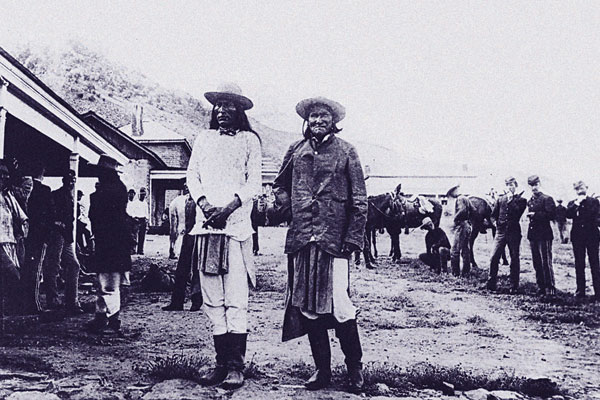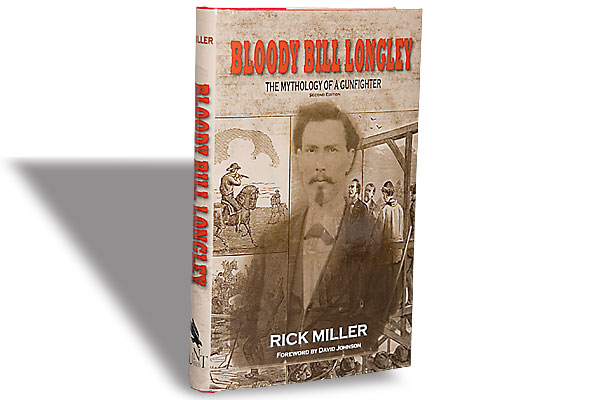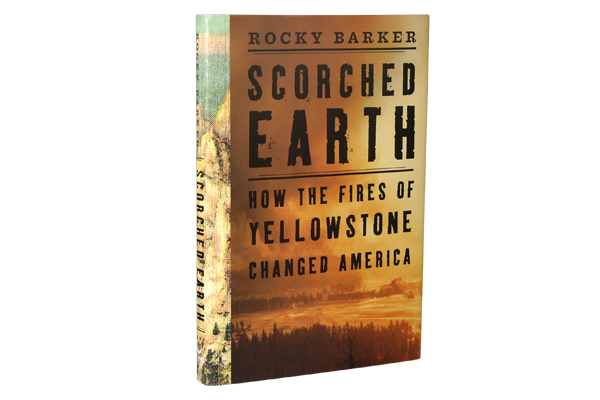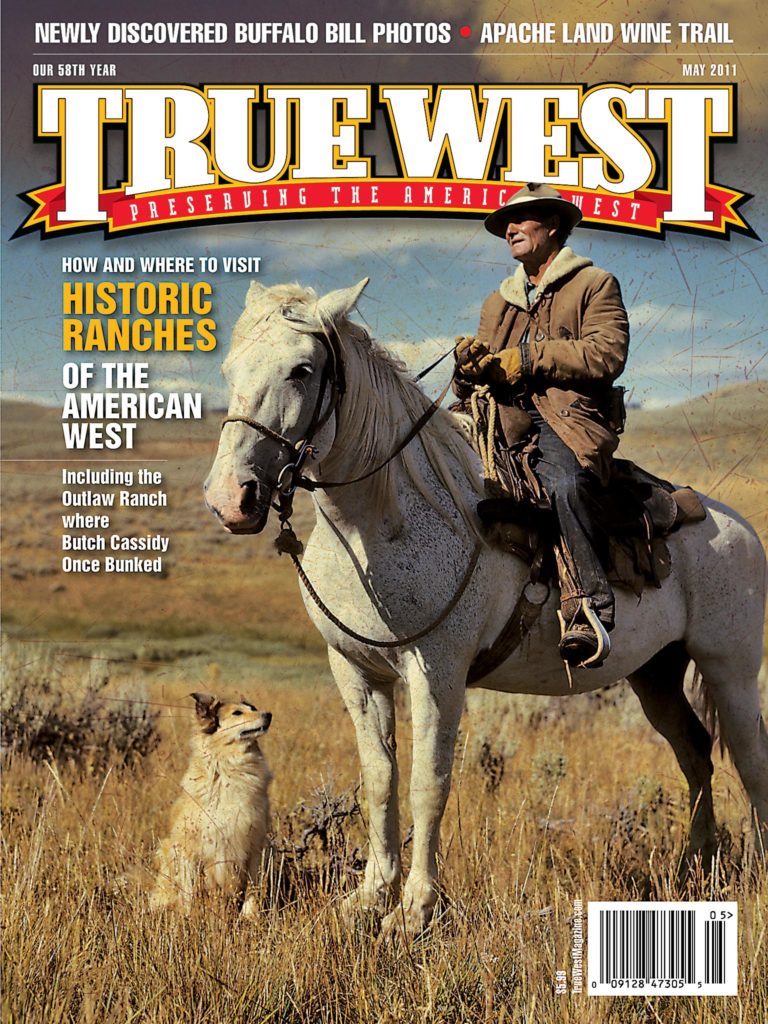 Derived from the French word for land, terroir signals those unique characteristics vineyards of a specific region share. The combination of soil and weather imparts a certain je ne sais quois upon grapes, evident in wine the succulent fruit yields.
Derived from the French word for land, terroir signals those unique characteristics vineyards of a specific region share. The combination of soil and weather imparts a certain je ne sais quois upon grapes, evident in wine the succulent fruit yields.
Out West, terroir is tucked away on the eastern extreme of the Sonoran Desert that’s home to a community of vineyards. Their vintages garner acclaim from foodie magazines and even the White House. In southeastern Arizona, vineyards around the remote towns of Elgin, Sonoita and Patagonia produce wine that draws comparisons, specifically, to Argentine varieties, an increasingly popular staple among people who know wine.
Yet some aspects of the terroir here are best left out of polite conversation. Back in the heyday of the Wild West, Arizona’s wine country was bloody ground. For five decades in the 1800s, the military and the native Apache clashed throughout this stretch of high desert during the Apache Wars. And here Wyatt Earp and his cohorts hunted down and killed members of the Cowboy faction in the famed Tombstone lawman’s Vendetta Ride.
Today, though, this once lawless place is idyllic. Even so, some residents embrace the reckless past. Kief Manning, proprietor of Kief Joshua Vineyards, says he has traveled all over as he learned his craft, but he identifies most with the rich history of the Sonoran Desert. “I couldn’t think of anywhere else I’d rather be,” he says. “The state is rich in history . . . the vast lost treasures of vagrant miners and expelled missionaries, the colorful characters and all those I have yet to learn of.”
Kief Joshua Vineyards sits on the southern edge of Coronado National Forest, halfway between Tucson and Old Mexico. Ten vineyards currently operate here, with three more advertising plans to open. Wine country sprawls along a 30-mile stretch of State Highway 83, ranging in elevation from 4,000 to 5,000 feet. During the harvest, from July to September, temperatures remain in the low 90s in the daytime and fall into the 60s at night.
Credited with discovering the area’s potential is Dr. Gordon Dutt, a retired soil scientist from the University of Arizona who set up an experimental vineyard in 1973; in 1979, he opened Sonoita Vineyards. His 25 acres now yield some 10,000 gallons each year. Fran Lightly, the head winemaker at Sonoita Vineyards, notes the area was a fertile growing region even back in the days of Father Eusebio Francisco Kino, three centuries ago. From a grower’s perspective, not much has changed, Lightly adds. “The soil is fairly ideal, and, because of the elevation, the climate is also quite ideal,” he says. “It’s not typical of Arizona.”
Yet soil and climate weren’t the usual suspects that drew people here. Once pioneers discovered gold in the Santa Rita Mountains—northwest of the present-day vineyards—settlers streamed into the region, which was also the Apache homeland. The shattering of the fragile 1848 peace treaty touched off a decades-long series of melees with the Apaches. Chief Naiche offered a terse but revealing description of this long, dark epoch in Western history. “We were afraid. It was war,” Naiche is recorded as saying in the memoirs of Army Lt. Charles Gatewood. “Anybody who saw us would kill us, and we did the same thing. We had to if we wanted to live.”
The Apache Wars were winding down by the late 1800s, which opened up the area to settlers. That brought a brand of mischief unique to mining camps and cowtowns. Tombstone, which sits about 30 miles east of present-day Elgin, became home to the warring Earp and Cowboy outfits. Their feud exploded in October 1881 in the gunfight behind the O.K. Corral and then in the shooting death of Wyatt’s brother Morgan. In the subsequent Earp Vendetta Ride, Wyatt, abetted by Doc Holliday and others, killed at least four men. The ride climaxed in a shoot-out near present-day Sonoita, in which the Earp faction gunned down William “Curly Bill” Brocius.
This region’s rich history makes it ripe for sharing a good story over a glass of wine. “In a way, we are still the Old West,” Manning says. “In relation to many areas, [Arizona] is still sparsely populated. You can still find those areas of solitude and remoteness unknown to a lot of places.”





